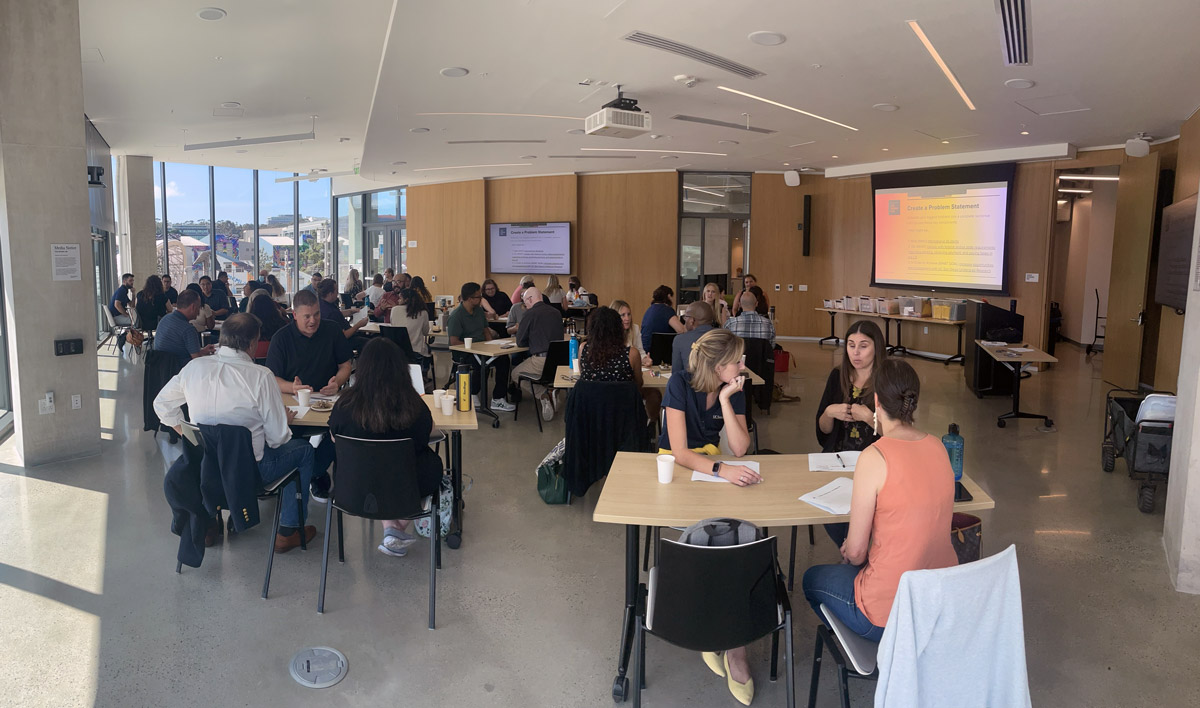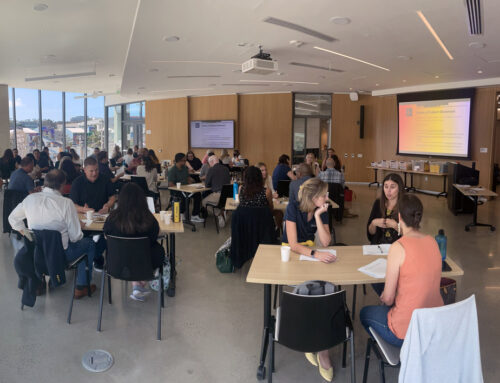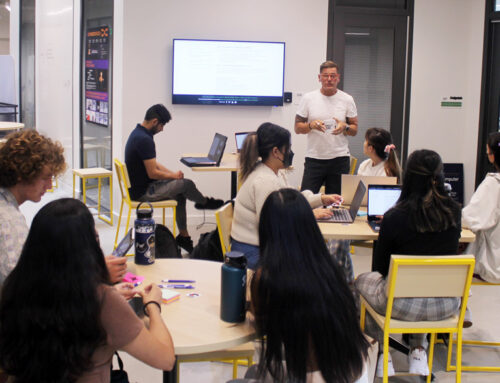Share: Releasing Our Ideas to the Universe
The Idea Guy • January 19, 2019
About Sharing
The Share stage is when you solicit feedback, about the prototypes you have created, from users outside of your internal (primary) group. This is yet another opportunity to gain empathy for the people you are designing for, but unlike your initial empathy mode, you have now likely done more iterations to the prototypes to test. Both of these stages tend to focus the interaction with users, but sharing can include more people, like users you did not encounter yet, people connected to users and others working on the same problem.
Definition: Sharing your ideas with the public, other users and people trying to solve the same problem.
Definition: Sharing your ideas with the public, other users and people trying to solve the same problem.
Meaning of Color
The Share stage is the final stage of the design process. During this stage, we have most likely developed a superior design which has been positively tested and is ready to be released into the world. Furthermore, our chosen design seeks to solve our user’s needs. Therefore, our design will make the world a better place for our users. A
We believe the color purple perfectly represents the sharing stage. Universally, purple is the color of royalty and hierarchy. Therefore, this relates to how our design will address a problem which has otherwise not been solved. Rising above all other existing products and services, we will share our new design to the world with pride!
- “It is often used to denote a high quality or superior product” Learn more here
- “Purple combines the calm stability of blue and the fierce energy of red. The color purple is often associated with royalty, nobility, luxury, power, and ambition. Purple also represents meanings of wealth, extravagance, creativity, wisdom, dignity, grandeur, devotion, peace, pride, mystery, independence, and magic.” Learn more here.
- “All in all, purple communicates in a positive way. It is said to have the power to uplift, calm nerves and encourage creativity, making it an all-inclusive color.” Learn more here.
Theory
he Share stage is when you solicit feedback, about the prototypes you have created, from users outside of your internal (primary) group. This is yet another opportunity to gain empathy for the people you are designing for, but unlike your initial empathy mode, you have now likely done more iterations to the prototypes to test. Both of these stages tend to focus the interaction with users, but sharing can include more people, like users you did not encounter yet, people connected to users and others working on the same problem.
Ideally you will continue to share within the real context of the user’s life. Versions of the prototype can be randomly shared for feedback on A / B versions. The more people with whom you share your prototype the more people can provide feedback from their unique perspective.
Why Share
To collect more objective feedback on your prototypes and solutions. Sharing informs primary, secondary and tertiary people outside of your initial test circles about your prototypes. Sharing is an ongoing opportunity to build empathy through observation and engagement.. Sometimes sharing proves that not only did you get the solution right, but that you framed the problem correctly.
How to Share
Start sharing appropriately. If you prototype is public knowledge, share with as many different types of people for many types of feedback.If it is not public (intellectual property) then be discreet with your sharing. Sometimes a non-disclosure agreement can help secure your IP while still collecting the critical information needed for success.

Tools
Storytelling | Storytelling has become an increasingly popular and successful method of sharing in recent times. Customers are becoming more interested in humility, honesty, and transparency. Therefore, when releasing a product into the world it can often be powerful to tell a story about how that product was developed from scratch. In the scenario of Design Thinking, we can share our story of the design process and any ups and downs we encountered on our journey. Watch the following video to further understand how companies are using storytelling as a method of sharing to customers.
Presentation | Presentations are arguably the most common method to sharing an idea. Presentations can range in their forms of delivery. Sometimes, we may have supporting evidence such as a Powerpoint, a portfolio or a graph to help us present our points. However, presentations are most commonly delivered in a direct dialogue to one or more people from the presenter. Fundamentally, a presentation requires you to get a message across to the listeners and will often contain a ‘persuasive’ element. Watch the following video in order to understand how to deliver a confident and clear presentation.
Pitch | Different to a presentation, a pitch is a tool used to share an idea to potential investors. Pitches are often a lot shorter, ranging from 10 seconds to 10 minutes. Therefore, a good pitch follows a rehearsed and tight structure. When delivering a pitch to investors, the presenter also uses a more direct sales approach. It is important to share any forecasts and future plans of the idea too. Watch the following video to further understand what is expected from a pitch.
Social | Sharing on social media can be a very powerful tool to reach a large audience. However, there are a lot of social media platforms and each platform requires a different method of sharing. The following video will help to explain the different types of sharing on social media and what kind of strategies are most successful.








